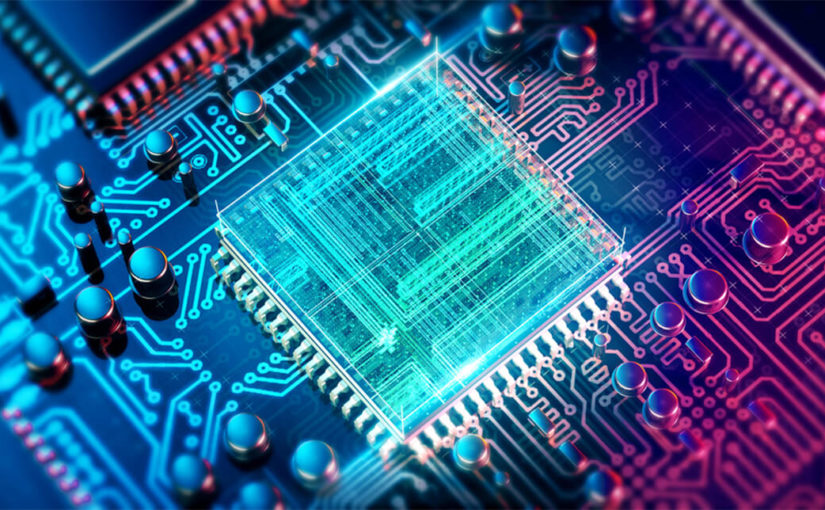Digital systems have many benefits over analog systems, including being more efficient and cost effective. They are also more reliable and simpler to implement.
Digital circuits commonly use a binary system. Small data values are represented as groups of binary bits (a sequence of 0s and 1s). Larger values are translated into smaller groups.
Software Development
Software development is the process of creating different computer programmes. These programmes help businesses to do tasks quicker and more accurately. They can also help to improve productivity and free up personnel time.
Software developers are often in high demand because of the growing importance of digital transformation. Companies are looking for ways to modernise their processes and deliver a better customer experience. They’re also trying to change the market dynamics in their favour and maintain profitability targets.
The first step of software development is needs identification. This involves working closely with the client or user to understand what they want to achieve. This will lead to a specification or brief that the software developer can use to create a programme that meets their specific requirements. Design is the second step in the process. This is the process of converting the software requirements into a software system. It involves choosing data structures and algorithms, and making trade-offs between performance, memory usage, and usability.
Hardware Development
The hardware component of a digital system is the circuitry that performs the computational tasks. It is responsible for processing input data, arithmetic operations, memory storage and control of the system. It is based on Boolean algebra and switching circuits. Binary representations of numbers (sign plus magnitude and two’s complement) and boolean logic provide the basis for all digital mechanizations, from dedicated microprocessors to neural computation chips in body-implantable devices.
The hardware development process involves changing existing hardware systems to improve capacity, remove performance concerns and address security issues. It also involves testing the changes to ensure that the new components function properly and efficiently. The Hardware Development team must also monitor production procedures to ensure that they are following the most current design processes and standards. This is necessary to guarantee that the final product meets all of its requirements. The hardware development process also ensures that each piece of hardware is safe from internal and external failures.
Embedded Systems Development
As the name suggests, embedded systems are small computers that reside within other electrical devices. They perform a specialized function that is specific to the device. An embedded system has a processor, power supply and memory with communication ports that transmit data between the processor and peripheral devices. The processor interprets the data with software that is integrated into the hardware.
These devices are typically designed to run for years without failure, so they must be designed for stability. Many embedded systems are used in medical and industrial settings where reduced functionality in the event of a system error is intolerable.
Most embedded systems are based on microcontrollers, which may have integrated memory and peripheral interface circuits. The microprocessors in these systems can be standard types like the x86 chips in personal computers, or they can be specialized for the application at hand. In the latter case, the processors are implemented as VLSI logic chips that use specialized semiconductor material to drive the transistors with lower voltage levels, making them more energy efficient than traditional chips.
System Design
Digital systems design is the creation of an integrated system that combines hardware, software and networks. This is a highly complex design process that is centered on user interface design, process design and data design.
Digital signal processing is more economical than analog, flexible, faster, easier to design and can be scaled to very small integrated circuits that populate a single chip. It uses logic gates to perform logical operations, such as AND, OR and XOR.
Digital system design is usually done at a level of abstraction that is a step removed from circuit/transistor/device-level detail. This makes it more suitable for complex designs that are unlikely to be realizable with existing technology, because higher-level modules can be designed and simulated independently from the submodules they encapsulate. Choosing a module that uses components that can be reused in other designs is referred to as “design partitioning.” This helps to ensure that the design meets its functional goals while also being a good fit for available technology.






